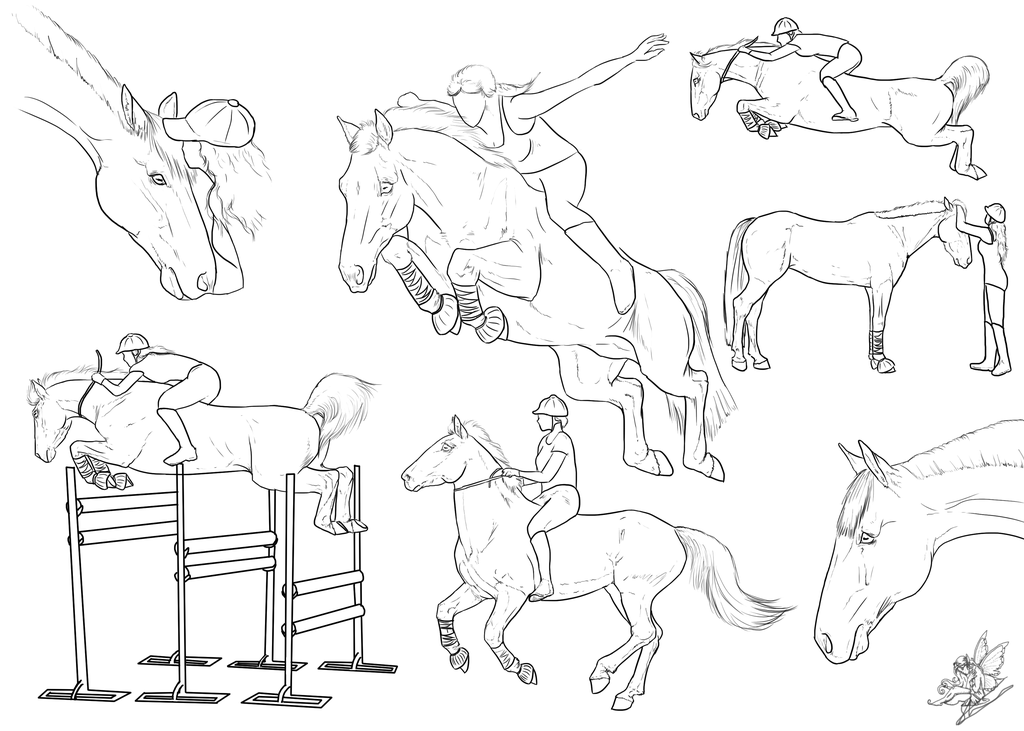
The imaginary line allows viewers to orient themselves with the position and direction of action in a scene.

Leaving from the right and entering from the right creates a similar sense of disorientation as in the dialogue example. If a character leaves the frame on the left side and enters the frame on the left in a different location, it can give the illusion of an extended amount of time passing.Īnother example could be a car chase: If a vehicle leaves the right side of the frame in one shot, it should enter from the left side of the frame in the next shot. For example, if a character is walking in a leftward direction and is to be picked up by another camera, the character must exit the first shot on frame left and enter the next shot frame right.Ī jump cut can be utilized to denote time. The rule also applies to the movement of a character as the "line" created by the path of the character. Shifting to the other side of the characters on a cut will reverse the order of the characters from left to right and may disorient the audience. If the camera remains on one side of this line, the spatial relationship between the two characters will be consistent from shot to shot. In a dialogue scene between two characters, a straight line can be imagined running through the two characters. The 180-degree rule enables the audience to visually connect with unseen movement happening around and behind the immediate subject and is particularly important in the narration of battle scenes. Moving the camera over the axis is called jumping the line or crossing the line breaking the 180-degree rule by shooting on all sides is known as shooting in the round. The rule states that the camera should be kept on one side of an imaginary axis between two characters, so that the first character is always frame right of the second character.

In filmmaking, the 180-degree rule is a basic guideline regarding the on-screen spatial relationship between a character and another character or object within a scene. When cutting from the green arc to the red arc, the characters switch places on the screen. This schematic shows the axis between two characters and the 180° arc on which cameras may be positioned (green).


 0 kommentar(er)
0 kommentar(er)
